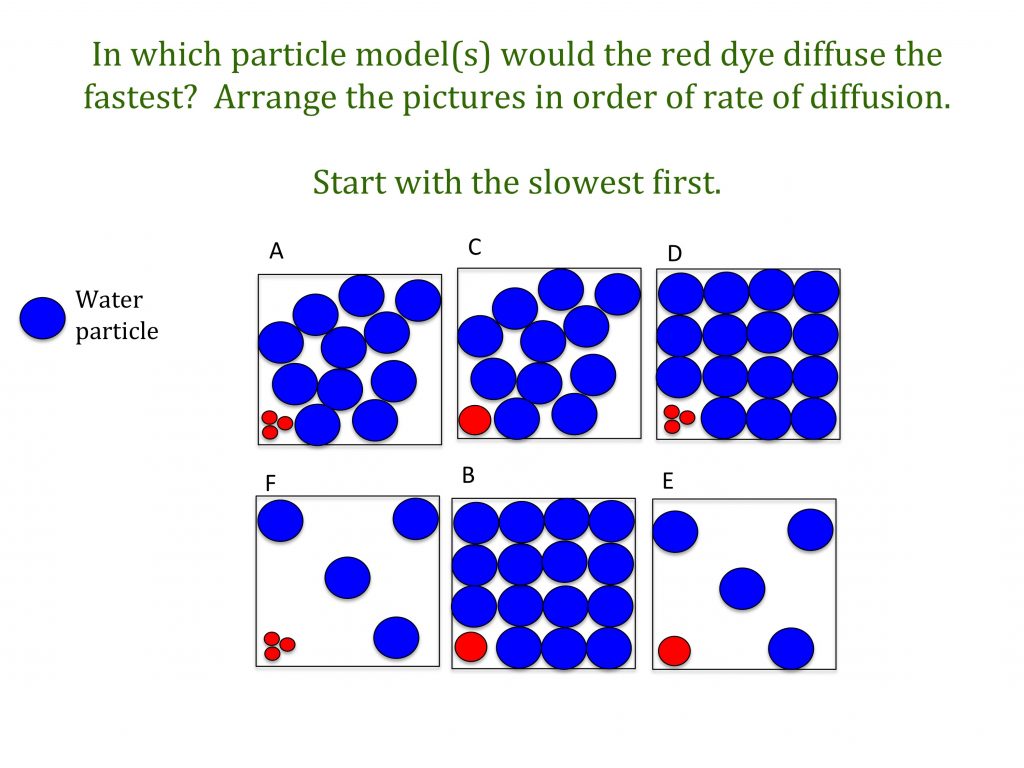Gas Particle Diagram

H2 2- Molecular Orbital Diagram, How to Make the Molecular Orbital Diagram for H2(2+): Does the Molecule Exist, 5.38 MB, 03:55, 584, Principia, 2021-01-13T22:16:48.000000Z, 19, Diatomic Species | MO theory | Chemogenesis, www.meta-synthesis.com, 518 x 451, jpeg, diagram mo bond molecular orbital carbon monoxide diatomic order diagrams diatomics heteronuclear structure draw length nitrogen configuration electron lewis cn, 7, h2-2-molecular-orbital-diagram, Kampion
Within this volume, it is sometimes easier to visualize the gas particles moving in straight lines until they collide with the container (see diagram at top of the article). The force imparted by a. The model is used to explain the physical properties of solids, liquids and gases. Particle arrangement and movement the particles in the diagrams could be atoms, molecules.
Why is it unlikely that particle a will actually ever travel this path? Use your diagram to explain why gas particles produce a. Thermodynamic diagrams are diagrams used to represent the thermodynamic states of a material (typically fluid) and the consequences of manipulating this material. A moving particle diagram can show the particles of a solid vibrating in place. However, a particle diagram for a gas may show the particles far apart and in an irregular. Particles in solids are held together very closely. The particles don't move around very much but simply vibrate in their spot. Particle model of solids, liquids and gases. Gas vibrate and move freely at high speeds.
Introduction to Atoms

Diffusion teaching resources | the science teacher

Can You Change the Rate of a Chemical Reaction by Changing the Particle
The Mole | Chemistry for Non-Majors

Sensors | Free Full-Text | Wafer-Level Vacuum Packaging of Smart Sensors

Phases of a 2D Bose Gas in an Optical Lattice | Joint Quantum Institute

